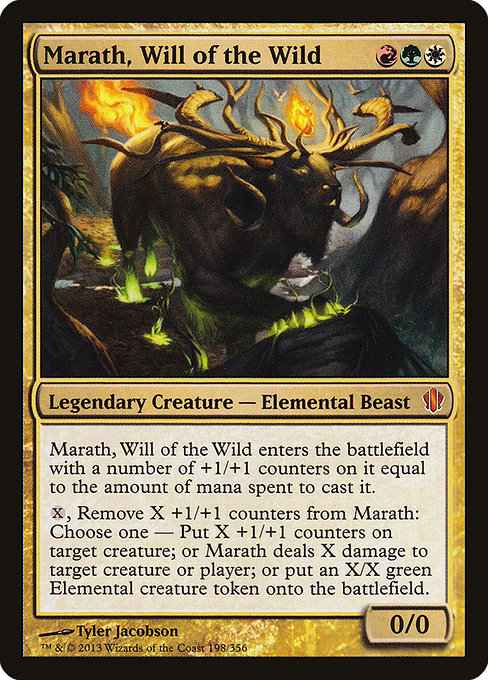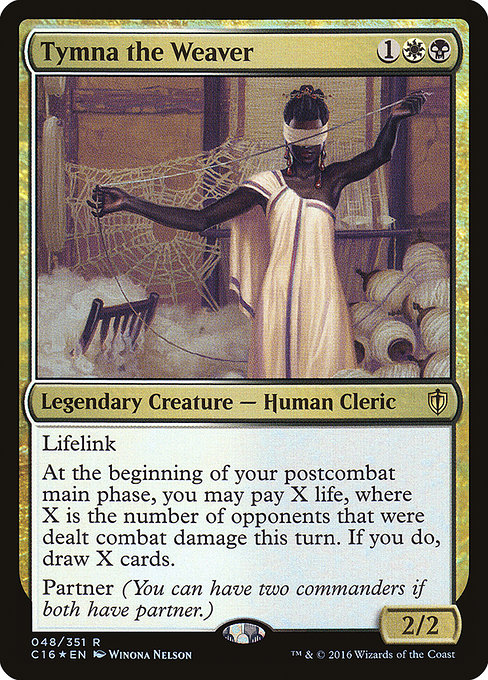Deck & Commander Strategies

Marath, Will of the Wild
Uses creature tokens and +1/+1 counter synergies to control the board and assemble combos for a decisive win, slowing opponents through attrition and removal.
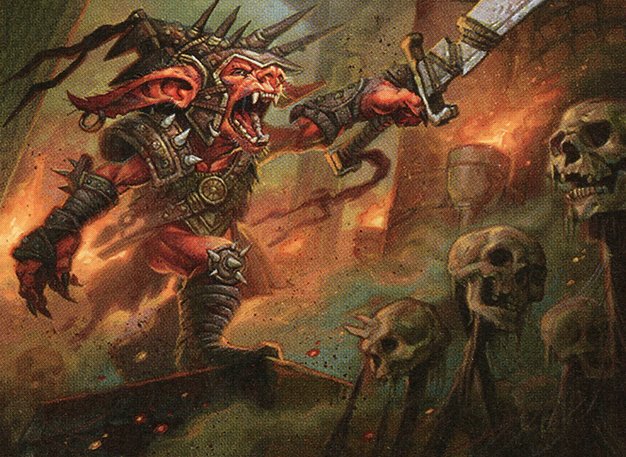
Rograkh, Son of Rohgahh
Leverages zero mana casting cost to deploy fast mana artifacts and combo pieces quickly, aiming for early wins through mana acceleration and combo kills.

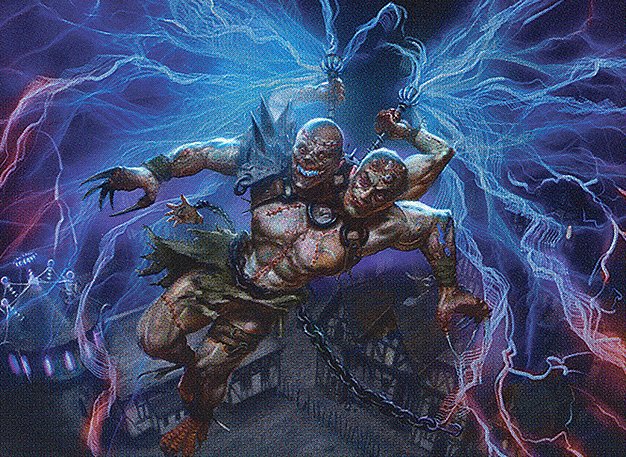
Tymna the Weaver / Kraum, Ludevic's Opus
Four-color wheel deck focused on gaining card advantage through repeated discards and draws, disrupting opponents while building incremental value for a late-game win.
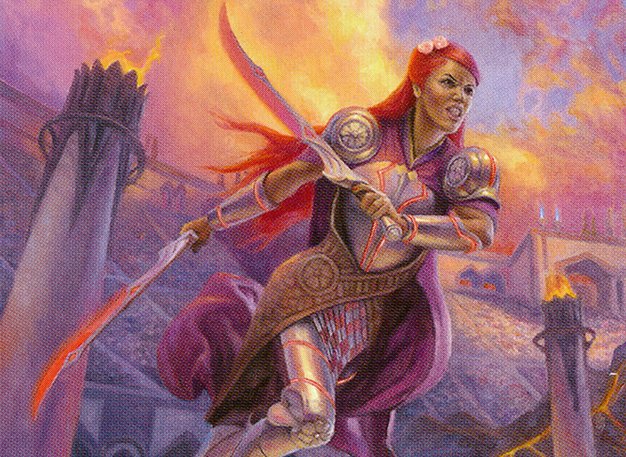
Najeela, the Blade-Blossom
Uses fast mana and warrior token generation to fuel an infinite combat phase combo, overwhelming opponents with repeated combat damage or massive attacks.
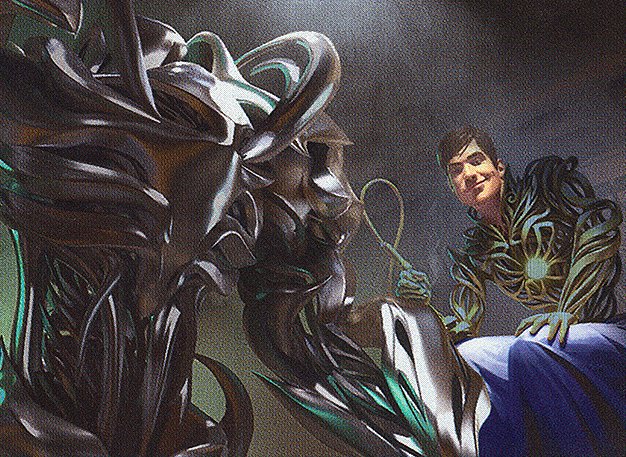
Silas Renn, Seeker Adept
Combines rogue synergies and artifact recursion to generate incremental value and disrupt opponents, supporting the fast combo and control elements of Rograkh’s deck.
Gameplay Insights
- 1
Players frequently chose to not pay the Tithe Tax triggered by Archon of Emeria, causing opponents to gain treasures and influencing resource management decisions.
- 2
Lutz’s Rograkh deck utilized low CMC and fast mana artifacts but suffered from missed mana crypt triggers, impacting his tempo.
- 3
Gail’s Tymna/Kraum deck baited counterspells with Blood Moon and used mana drain to maintain board control and mana advantage.
- 4
The Archon of Emeria repeatedly slowed opponents by forcing lands to enter tapped, disrupting fast mana strategies.
- 5
Najeela’s potential infinite combat combo was continually pressured and disrupted by removal and counters, preventing a quick win.
- 6
Players balanced aggressive combat with blocking key threats to avoid losing valuable creatures and maintain board presence.
- 7
Multiple counters and interaction spells like Swan Song and Unsubstantiate were crucial in preventing early game-breaking combos.
- 8
Mana denial effects and artifact destruction, such as Manglehorn targeting Wishclaw Talisman, played a key role in slowing opponents’ combo lines.
Notable Cards
-
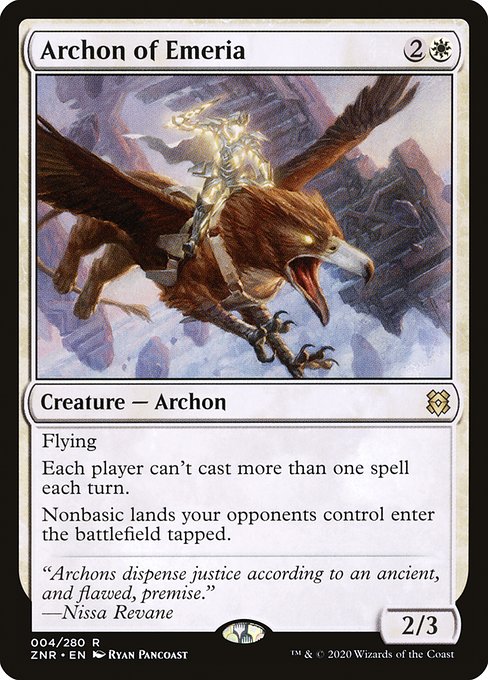
Archon of Emeria
-
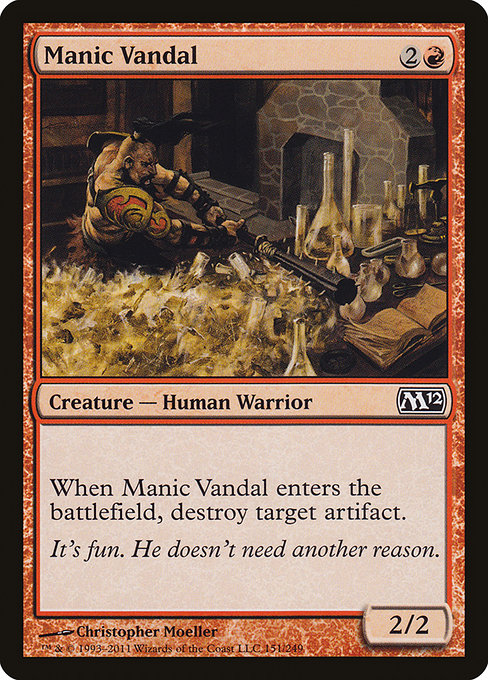
Manic Vandal
-

Mana Crypt
-
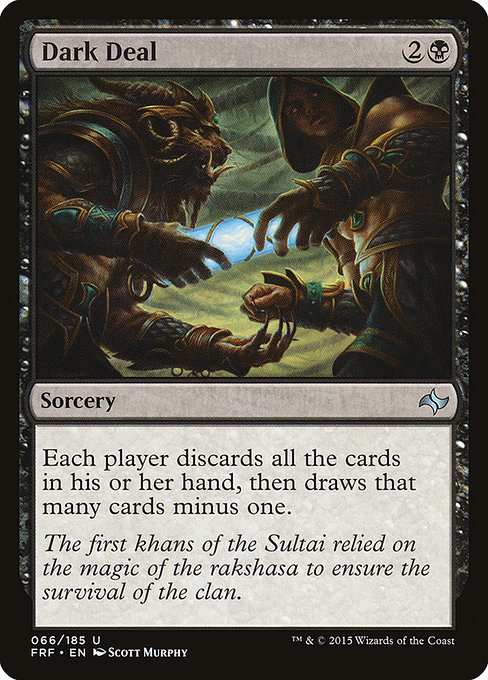
Dark Deal
-

Swan Song
-

Mana Drain
-
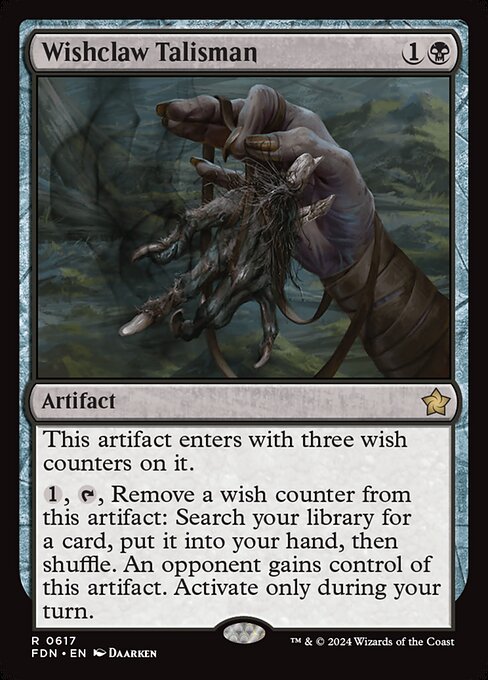
Wishclaw Talisman
-

Blood Moon
-

Dockside Extortionist
-
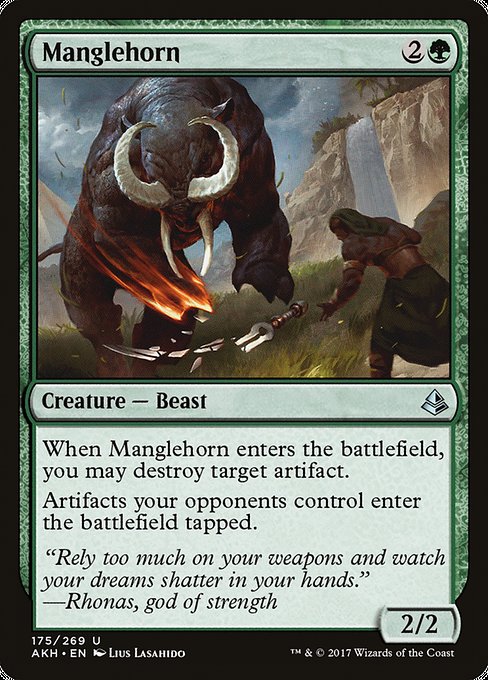
Manglehorn
-
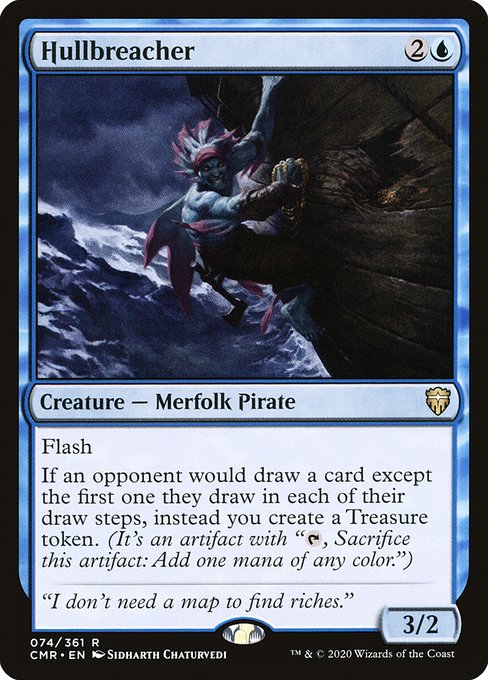
Hullbreacher
-

Tainted Pact
-
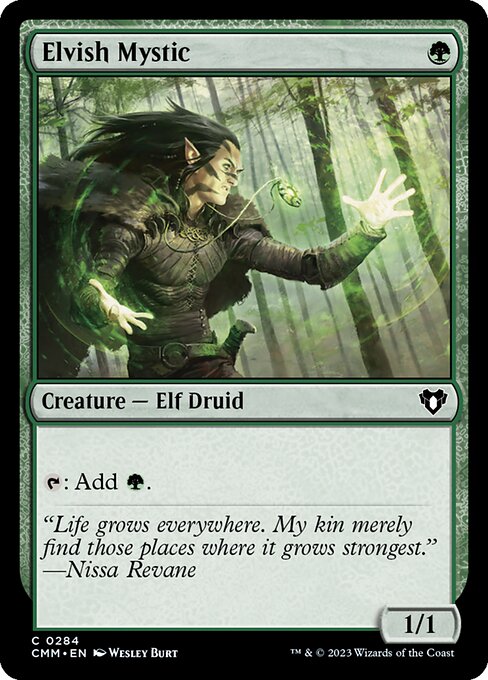
Elvish Mystic
-
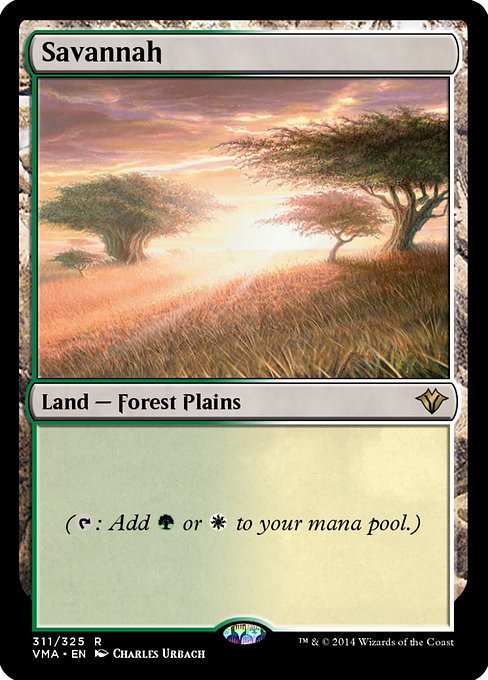
Savannah
-

Volcanic Island
-
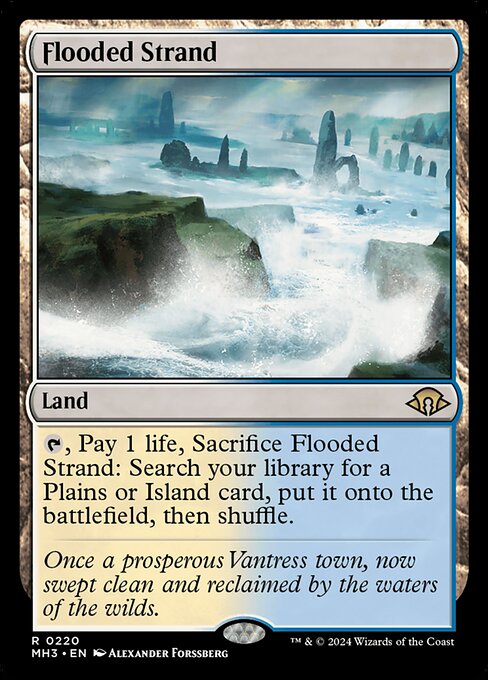
Flooded Strand
Gameplay Summary
The game began with all four players establishing early mana bases and board presence, with Rograkh's deck leveraging zero-cost commanders and fast mana to quickly deploy threats.
Marath's deck tried to control the pace with creature-based stacks and combos, while Najeela aimed to build a critical mass of warriors for combat.
Tymna and Kraum’s wheel synergy deck focused on card advantage through off-wheeling and disruption, and Silas Renn added rogue-based value and recursion.
Early interaction was heavy, with counters like Swan Song and Mana Drain preventing key spells, and utility creatures like Archon of Emeria and Manic Vandal shaping the board state.
As the game progressed, the players jockeyed for advantage through incremental damage, mana denial, and tactical removal, exemplified by several combat phases where players chose to block or take damage to preserve key creatures.
Gail’s Tymna/Kraum deck tried to accelerate with mana drain and Dark Confidant, while Lutz’s Rograkh deck struggled with mana triggers but deployed fast mana artifacts to maintain pressure.
The pivotal moment came when Najeela’s infinite combat combo was threatened but never fully realized due to timely interaction and board presence from Marath and Gail.
The game turned into a grind with players careful to balance aggression and defense, eventually leading to a stalemate where incremental advantage through card draw, mana efficiency, and combat damage determined the winner.


